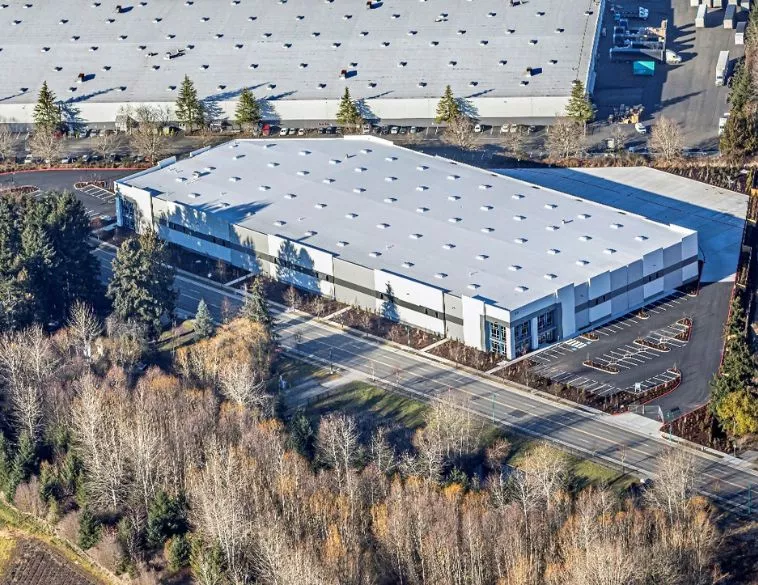Plugged in at work and at home: success starts with a well-thought-out strategy

Fleet electrification continues to gain ground. But it raises many questions (technical and financial), especially when it comes to ensuring that employees can charge their work vehicles at home. The challenges go beyond electricity; they’re also organizational. What type of charger should be installed? Should it use an open or closed protocol? Who handles the installation? How should energy use be calculated and reimbursed? Should it even generate revenue?
BEQ Technology hears these questions every day. Since 2018, this charging station provider has been guiding businesses through the process. Their approach is simple: a turnkey solution that covers everything from needs assessment to after-sales service, including product selection, installation, maintenance, and management software.
While the company does offer peace of mind, that peace comes at a price. And that price depends on expected growth, requirements, infrastructure complexity, and the energy capacity of the building that will host the future electron source. “You have to think about load controllers and peak demand. Otherwise, the bill can rise fast,” warns Éliot Mathieu-Proteau, Legal and Strategic Partnerships Manager. Connected chargers can help regulate demand, block or reduce access during certain hours, and even prioritize users to avoid expensive peak power charges.
Before giving any recommendation, the BEQ Technology team starts with a lot of questions to fully understand both current and future needs, explains Yannick Lemelin, Customer Service Coordinator. “We make sure the client understands each step, because sometimes, you can’t go back without spending an enormous amount of money.”
BEQ’s role is precisely to simplify the process. “Every location is different. We assess the power supply and parking layout to recommend the right solution,” says Mathieu-Proteau. Their product lineup includes smart models compatible with advanced software that can manage access, measure consumption, and even limit charging power during peak hours.
Thinking long term
The key to a successful implementation lies in planning. BEQ Technology advises companies to think ahead. How many vehicles will be added in the coming years? Can the infrastructure keep up? Should they prepare for ten chargers, even if they only need two right now? “Choosing the wrong charger today could be costly down the line if you have to start over,” warns Mathieu-Proteau.
At Énergir, home charging isn’t a product to sell—it’s a necessity to manage. The company launched a major fleet electrification initiative with the goal of converting 100% of its light-duty fleet by 2030. The project began in 2023 and currently includes nearly 150 light-duty vehicles, out of a total target of 600.
Most of them are Ford E-Transits. And in Énergir’s business model, these vehicles go home with their drivers at the end of each shift. A well-managed electric fleet can lead to major savings. But once charging takes place offsite, managing it becomes more complex.
The first candidates for a branded electric van were selected based on their daily usage patterns, explains Julien Dolléans, Director of Projects for Vehicle Fleets and Buildings. “Next, we checked whether a home charger could be installed at a reasonable cost. To be eligible, employees also had to be homeowners with a private parking spot,” says the man overseeing the program.
Each potential installation starts with a phone call, followed by a technical site visit to avoid any unpleasant surprises. “We had more requests than vehicles,” notes Dolléans. “So if there were infrastructure or installation issues, we could simply move on to the next technician.”
A new generation of charging stations
For the first phase of its electrification plan, Énergir used 40-amp Level 2 chargers that weren’t networked. Today, the company is getting ready to roll out a new standard using 48-amp models made in Quebec, which continue to offer excellent value for money. “These chargers are connected, but we don’t use that functionality to collect consumption data. The user can choose to access the app if they want to.”
Énergir stands out for its electricity reimbursement process. No manual readings or complicated calculations, everything runs through telemetry. “All our vehicles are equipped with telemetry. It measures the total energy entering the vehicle and transmits the data to our proprietary system, which handles everything confidentially.”
Thanks to geofencing, every charge that takes place within the virtual perimeter around an employee’s home is automatically detected. Reimbursement is added directly to their pay on a weekly basis, based on rates set by Hydro-Québec. The method even includes a buffer to account for minor energy losses from the charger and cabling.
Whether at Énergir or BEQ Technology, one thing is clear: technology is advancing quickly, and practices must evolve accordingly. “Will a Level 2 home charger still be the answer five years from now? We don’t know,” admits Dolléans.
He mentions larger batteries, new chemistries, and ultra-fast chargers that can top up a vehicle in minutes. Both organizations are keeping a close eye on these developments while staying grounded in the current realities of the field.
For now, home charging has become an essential part of successful fleet electrification. It requires informed decisions, careful management, and—above all—long-term planning. Whether it’s a service provider or a public utility, everyone agrees on one thing: without a solid strategy, even the best intentions can fall short.





